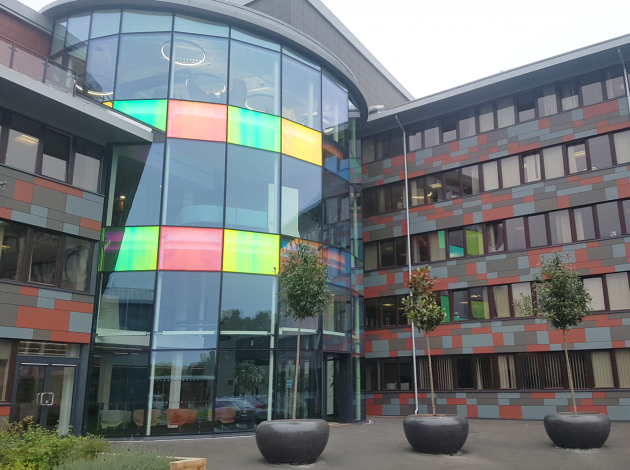Some ministries shed almost 5,000 people in FY20 while others grew headcount substantially, data shows
An aerial view of London’s Whitehall, including various government departments Credit: Anthony Devlin/PA Archive/PA Images
The latest civil service workforce figures show headcount at a six-year high, with staff numbers up by almost 11,000 on 2019’s annual figures. But not all departments are in the growth zone.
According to the Cabinet Office statistical release, the Department for Work and Pensions shrank by 5.3% in staff terms between 2019 and 2020, with headcount dropping by 4,560 from the previous year’s 85,350.
Meanwhile, the Ministry of Defence chalked up the biggest rise in numbers – adding 2,980 to its ranks, an increase of 5.4% to 57,880.
Proportionally, the Department for International Trade went through a much bigger change. It boosted staff numbers by 25.8% from 1,820 to 2,290.
The Cabinet Office – home of the Government Digital Service – was also pumped up by more than one quarter, boosting its headcount by 25.5% year-on-year to a new total of 8,800. Much of that change is attributable to the demise of the Department for Exiting the European Union, which accounted for 610 staff last year but none in this year’s snapshot. Many of these officials transferred to the Cabinet Office as part of the unit that is undertaking trade talks with the bloc.
Related content
- DWP and HMRC staff rack up 16 years of service on average, data reveals
- Where do digital professionals rank on the Whitehall salary league table?
- DCMS workforce now 70% ‘D’ and 30% ‘CMS’
However, even the seismic shifts at the Cabinet Office are overshadowed by the 33.3% increase in staffing at the Northern Ireland Office. Nevertheless, that expansion – which coincided with the power vacuum at Stormont – was small-scale in terms of actual staff numbers: an increase from 120 to 160.
At the other end of the scale, HMRC was one of the three departments still in existence in March that saw its headcount reduce year-on-year, albeit by a very small amount. Its numbers were down 140 from 67,530 to 67,390 – or one-fifth of one percent.
Now newly merged with the Foreign and Commonwealth Office, the Department for International Development joined DWP and HMRC in the shrinking stakes. It saw headcount drop by 9.3% from 2,839 to 2,640 – a reduction of 190 staff.
A Cabinet Office spokesperson told PublicTechnology sister publication Civil Service World that the latest departmental headcount figures underscored the extent to which civil-service staffing levels correlated with the changing tasks at hand.
“The civil service is focused on supporting and delivering all of the prime minister’s priorities,” they said. “Capabilities and allocation of resources are constantly reviewed in order to effectively deliver the government’s agenda.”
According to the latest civil service workforce statistics, the civil service had a headcount of 456,410 at the end of March up from 445,480 the previous year.
Expressed in full-time-equivalent terms, the civil service has 423,770 staff, up from 413,910 in March 2019.



